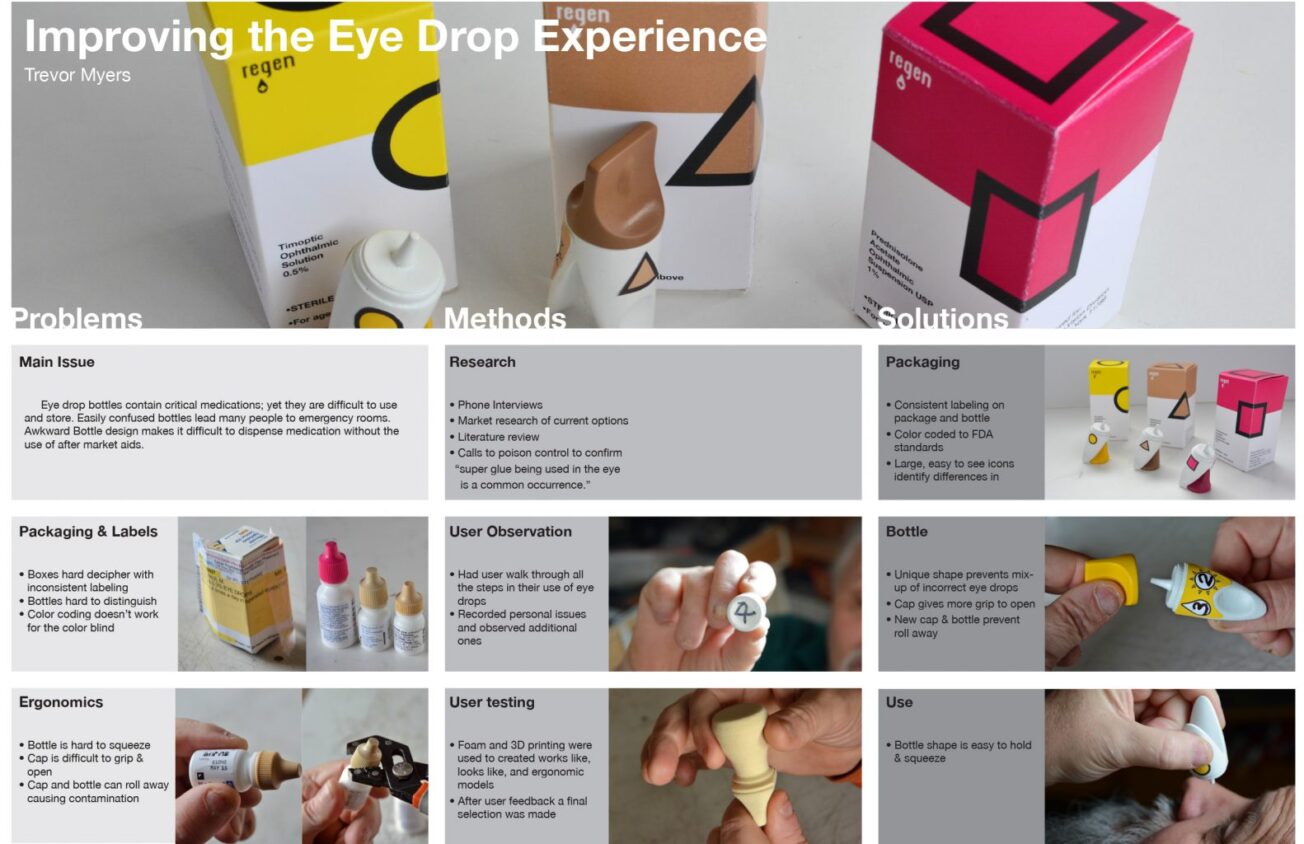NAOYA NICK OGURA
SHOWER CANE CONCEPT
Design Process:
When I saw the challenge and I ruminated on what a well-designed bathroom looks like, the inherent dangers of bathroom use dominated my thought process.
Although I am only a first year occupational therapy student and have very limited knowledge regarding universal design and aging in place, I have heard that bathroom falls are one of the most dangerous risks many older adults face as they opt to live at home. Many universally accessible showers have shower seats and grab bars, but I wondered whether a waterproof shower cane could further assist people in independent bathing. For example, my grandmother, who suffered from progressively weakening muscle strength, could have used the cane when transferring from the undressing area to the shower space. Because of their mobility, shower canes can provide stability when grab bars are absent or improperly positioned, and can assist with maneuvers to and from the showering area in larger bathrooms.
A cane, however, is not universally useful, so I decided to fuse it with a bathroom stand. Because the shower cane and stand can be repositioned, it eliminates the need for people to reposition, reach, or bend down in the shower to access toiletries. Theoretically, this should lower activity demands and reduce the probability of bathroom falls.
This concept was born out of my concern for the gap in stability equipment currently available bathrooms; it seems like even people with slight concerns regarding stability must opt for a restricting shower chair. I hope the shower cane provides an alternative way of engaging in the occupation of showering, giving older adults and others a more flexible method to completing their ADLs.
Design Description:
The shower cane is a stable, four-legged cane and stand. It will be made from recycled, toughened plastic to keep it light, but the legs will contain some embedded metal components inside to stabilize it. Each of the legs have anti-slip cane ends for shower use.
The tray at the top is also made from recycled plastic. The tray comes with two built-in, refillable pumps, which will reduce wasteful consumption of shampoo and conditioner bottles. The fixed positions of the shampoo, conditioner, and soap ensure easy and reliable access not only for those with visual or cognitive difficulties, but also for typically developing individuals with soap in their eyes. The tray can be locked into the cane at different heights, making it accessible to multiple age groups; in multigenerational homes, additional trays can be bought and attached at lower levels for children.
The cane comes with two standard grips, but the horizontal grip can be removed to attach a custom grip that suits the needs of the primary user.
The shower cane can be stored in the most open area of the bathroom, where an elderly person with needs for stability assistance may use it during undressing and dressing. The cane can then be used as the user transfers into a (hopefully no-threshold) shower. There, it can be positioned for comfortable toiletry access, reducing the need for the user to navigate in the slippery environment. Upon completion of the activity, the cane can be used to assist in transferring out of the shower and will be left in the undressing area for the next person.





